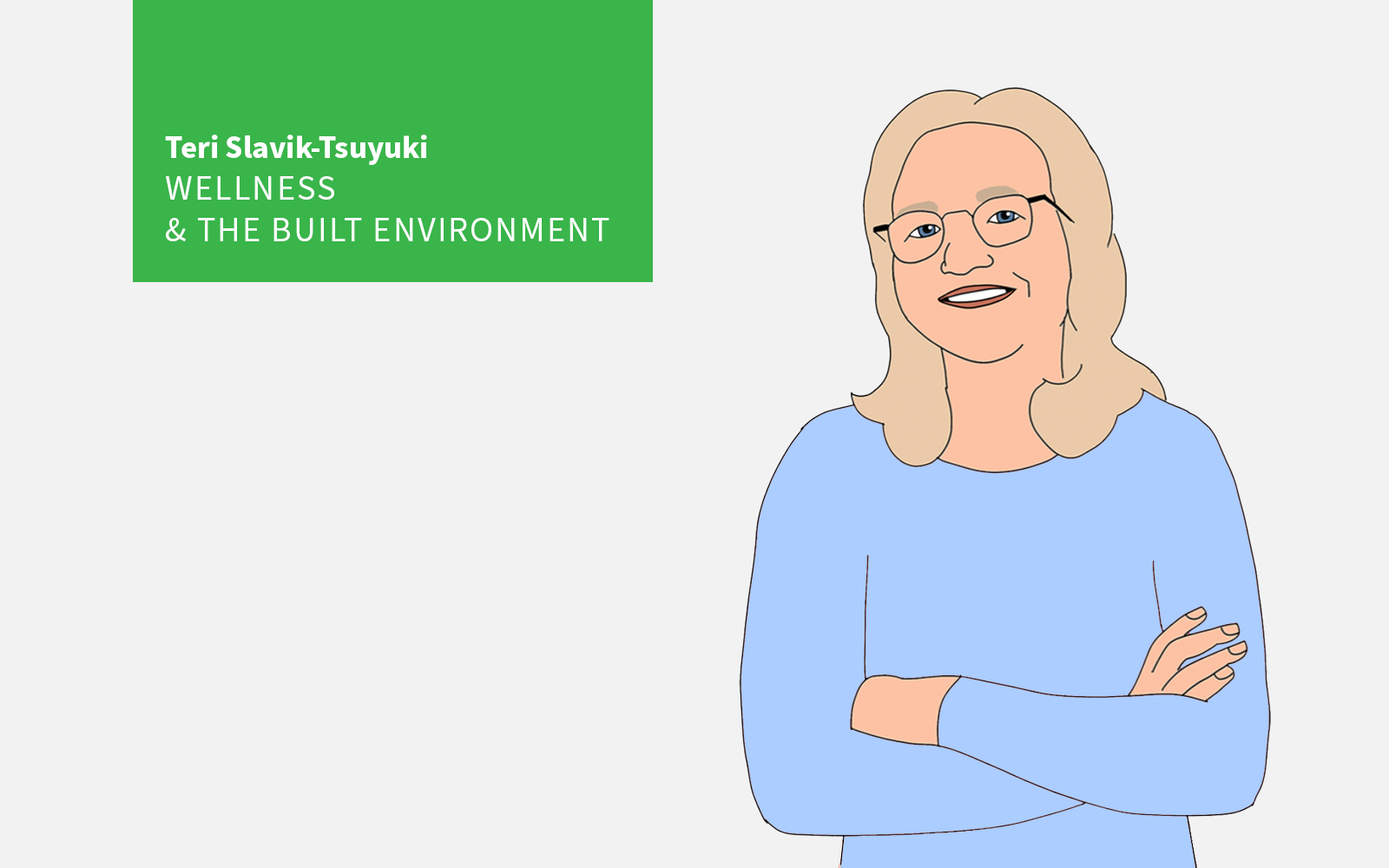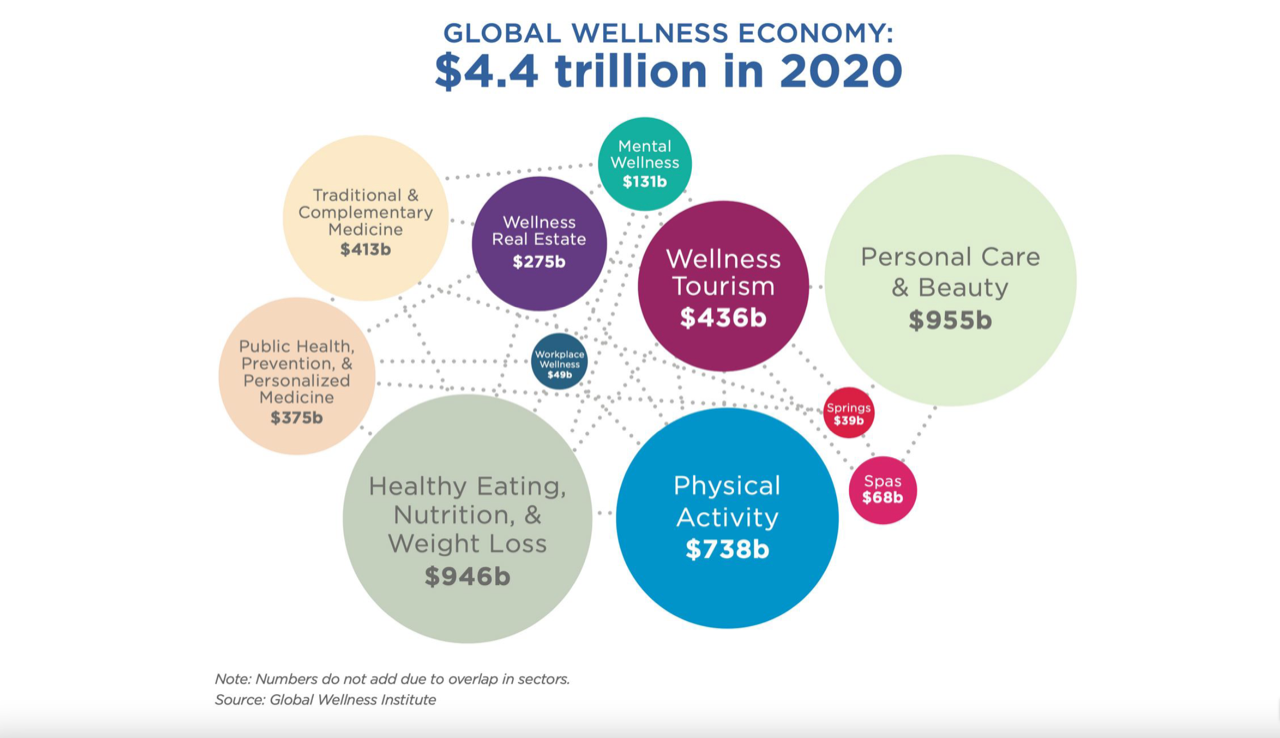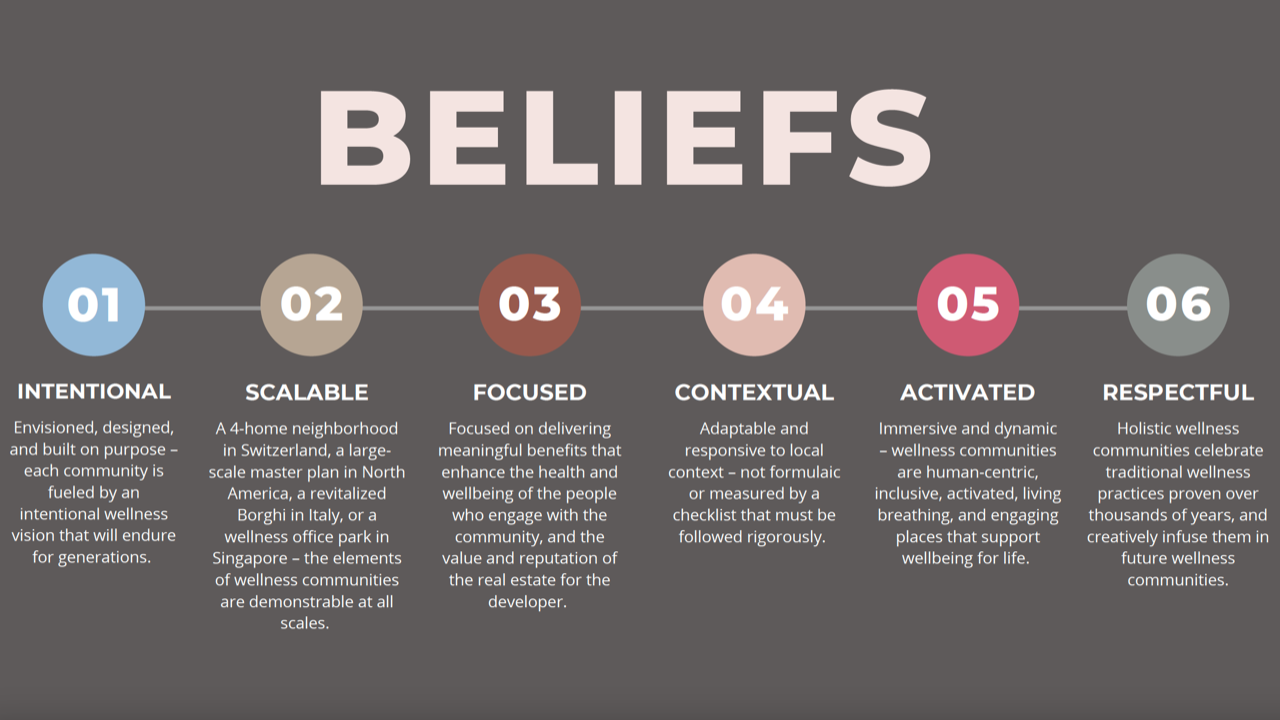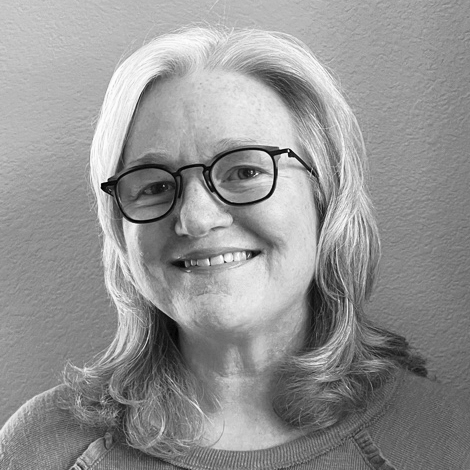Wellness & The Built Environment
A $275 Billion Opportunity Calls: Wellness Placemaking And Homes
An exclusive The Builder’s Daily content series — brought to you by our Dream Team's Teri Slavik-Tsuyuki — on wellness and well-being in residential construction and real estate.

[Editor's Note: We're honored to introduce an ongoing The Builder's Daily learning and discovery lab series, exploring the value creation power of health, wellness, and well-being in homes and neighborhoods today and tomorrow. Leading the initiative here, our friend and nationally-esteemed placemaking innovator Teri Slavik-Tsuyuki, founder and principal of Encinitas, CA-based tst ink. For Teri, home – the single most important factor in a human being's health outcomes – is a never-ending, ever-beginning story, one every person who makes a livelihood of building houses and making places should learn by heart. – John McManus]
Nobody invented wellness. As the chaos and disruption of the global health pandemic wanes into an endemic, health is the new wealth. And those of us involved in creating the spaces and places where people live their lives have a major opportunity to make a major impact.

According to the Global Wellness Institute (GWI), 85% of health outcomes are determined by the built environment. The global wellness economy now stands at $4.4 trillion, with the Wellness Real Estate sector increasing 22% on average annually – the fastest of all sectors measured by the GWI – and valued at $275 billion.
The Builders Daily supports the importance of wellness real estate with this first in a series of pieces on the connection between wellness and the built environment. TBD founder John McManus entered this conversation as a panelist at the first annual Wellness Real Estate & Communities Symposium, hosted by the Global Wellness Institute in NYC last fall. NOTE: The second annual Wellness Real Estate & Communities Symposium is in planning stages now for Spring 2023. Now we seek to inspire and engage others with the GWI’s Wellness Communities & Real Estate Initiative framework for wellness real estate, and some real-world examples in action.
Wellness communities can be defined as “built environments proactively designed to support the holistic health of those who live, work, play, or learn there.” This goes far beyond providing a spa, a community garden, or measuring indoor air quality, to thinking more purposefully about all the elements of where we live, how we live, how we move, places for socializing, and places that stimulate our senses.
There are many excellent, research-backed healthy building systems that rely on rigorous certifications and measurement – from one of the pioneering groups in this space, the US Green Building Coalition, to the International WELL Building Institute’s WELL Building Standard gaining traction today. Most of them take a systems-based approach to the physical infrastructure. The Wellness Communities & Real Estate Initiative takes a people-focused approach that focuses on the various domains that collectively impact human well-being – social, physical, mental, environmental, economic, and civic.
According to the World Health Organization, global prevalence of anxiety and depression has increased by 25% since the start of the Covid-19 pandemic, bringing mental and emotional health and well-being into the daily conversation. The effects of the pandemic on our physical health, and our human need for social connections are obvious, while the effects on financial well-being have been a mixed bag. Some, newly characterized as the “good enough” generation have chosen to retire earlier than planned, downsizing, or moving closer to family, buoyed by a renewed appreciation for what matters most to them. Others chose to change jobs for the opportunity to work fully remote and live wherever they desire, driving demand and increased values in many smaller markets.
Kris Maher, GWI initiative member and senior vp of Community Design at Rancho Mission Viejo says,
We think about these domains of wellness as variable elements, like musical notes on a mixing board. Not all will be present to the same degree in every wellness community, like not all notes are played at the same volume in every piece of music. Our goal is to create a framework that can help real estate developers and homebuilders think about how they can proactively create places that make people’s lives healthier.”
That framework is concise, clear, and simple to follow, no matter the asset class, location, or size. Wellness communities are:
- Intentional. They are created on purpose from the beginning and at every stage of development with the intention of improving people’s lives and wellbeing.
- Scalable. They are not relegated to large luxury resorts, but have a demonstrable impact at all scales, from a small urban infill neighborhood to an office park, to a large master planned community.
- Focused. They are focused on the value created in the tangible meaningful things that improve people’s lives.
- Contextual. They are not “one size fits all” – they respond to the local and appropriate context with solutions that have the greatest and longest lasting impact.
- Activated. They are planned and programmed – not passive – with iterative thinking that never stops, and lives and breathes in inclusive, engaging spaces and dynamic activities.
- Respectful. They have an ear to the past and an eye to the future – the piazza inspires town squares, social connectivity and placemaking.

Chiharu Shiota, a Japanese performance, and installation artist educated in Japan, Australia, and Germany writes,
Our first skin is human skin. Clothes make up our second skin. If so, then isn’t our third skin made up of our living spaces – the walls, doors and windows that surround the human body?”
Watch for the second installment in this series, with some inspiring examples focused on the domain of this “third skin” of physical wellness.
Join the conversation
MORE IN Wellness & The Built Environment
Rezoned For A Future That Bridges Timely, Timeless Values
Nolen Communities put in the work to turn a coastal California site into a thriving 20-acre agrihood, Fox Point Farms.
TBD Case: Here Is A Build-To- Rent Wellness Community Model
A look at how Zeal for Living aims to boost the health and well-being of renters.
A Look Back To Move Forward As Partners In Environmental Wellness
It’s our job now to stay close with our customers, and to collaborate. To create great places -- good for people and the planet -- we need to break down barriers against adopting an innovation by focusing on its value to our customers and the cost – and value – to our businesses.
